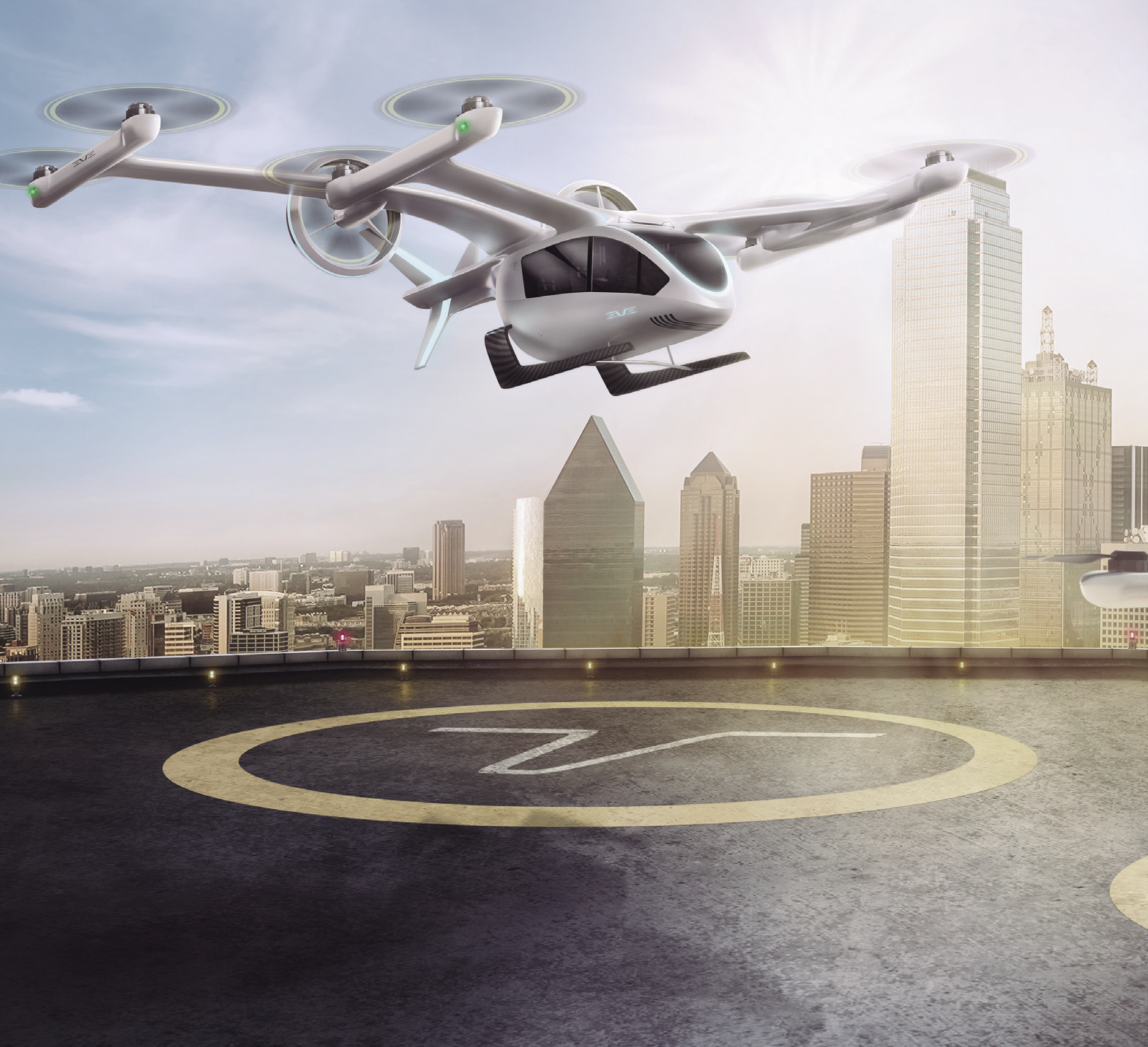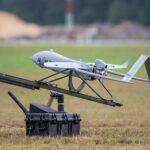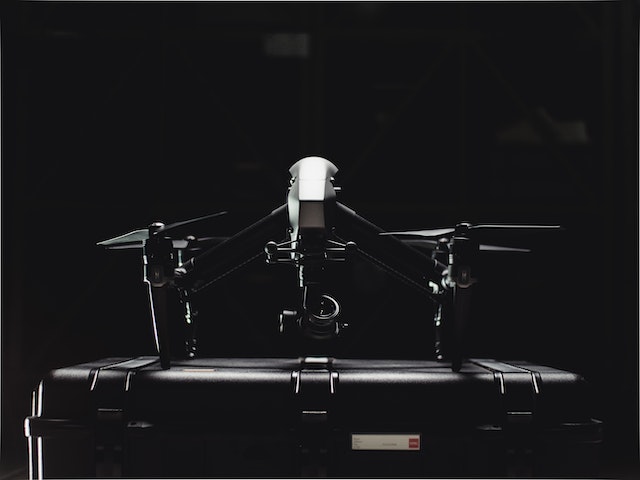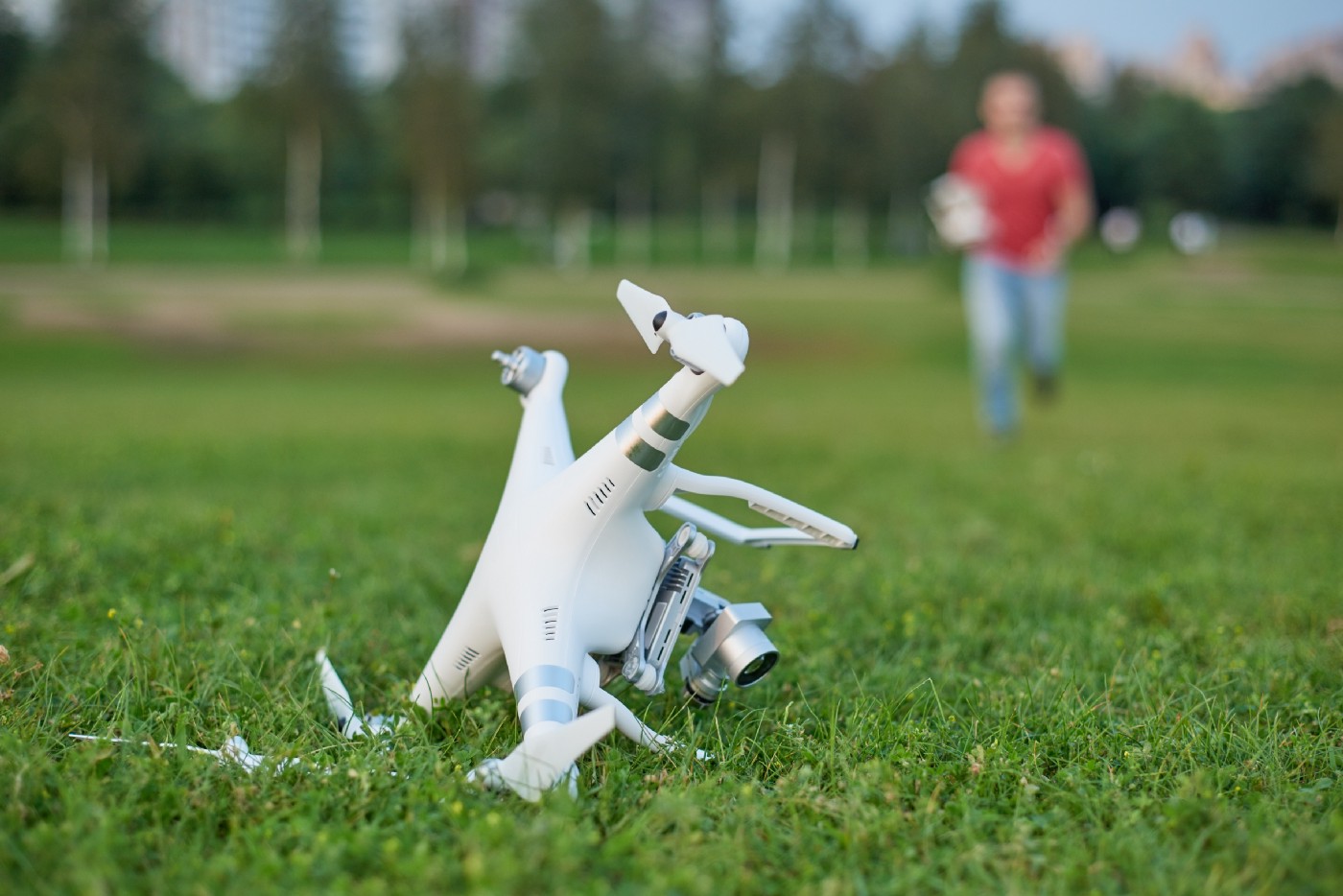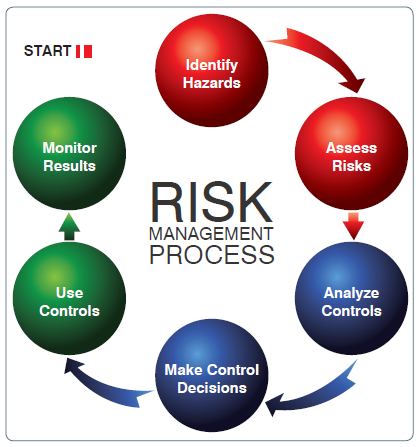
Abstract
The following paper present three Unmanned Aircraft System (UAS) platforms, focusing on the description and evaluation of the propulsion systems used on each platform. The three distinct UAS were selected with the purpose of covering different types of propulsions used on UAS. The paper starts with a brief survey of the selected UAS platform, focusing on the key physical characteristics and then a decomposition of the propulsion systems, looking into the sub-system elements. These UAS platforms were purposefully selected to cover the following three types of propulsion systems: a reciprocating engine, a gas turbine, and an electric propulsion.
Keywords: UAV, Propulsion Systems, Aerosonde, Penguin BE, MQ-9 Reaper
UAS Propulsion Analysis
The propulsion system plays a major role when it comes to the performance of an Unmanned Aircraft System. The propulsion system provides the necessary thrust for the UAS to be able to propel itself against the drag and gravity forces for the UAS to achieve its required flight operations.
Each propulsion system can be broken down into identifiable subsystems necessary for a proper operation. A typical propulsion system can be decomposed as follow: (1) it must have an energy source; (2) the energy source must be transformed by a designed mechanism or process referred to as the Energy Transformer; (3) Then the transformed energy is fed to the powerplant, which will convert the acquired energy into motion; (4) a propulsion effecter utilizes the motion generated to move the system; (5) and finally a control effecter, which provides a mean to control the propulsion being generated (not the movement of the vehicle) to move the vehicle (1).
There are various types of propulsion technologies available for implementation to UAS. However, in this paper, we have selected three distinctive propulsion class types to discuss their characteristics. The three selected UAS platforms in this study are: (1) the Aerosonde ® Fixed-wing SUAS equipped with a reciprocating piston engine; (2) the MQ-9 Reaper large UAS equipped with a gas turbine engine; and (3) the Penguin BE UAS equipped with an electric motor engine.
Aerosonde ® Fixed Wing SUAS
The Aerosonde ® SUAS (Figure 1) is a fixed-wing small UAS manufactured by Textron Systems in the United States and commonly used for surveillance, communications Relay, reconnaissance, aerial photography, mapping, and inspection. This platform has over 300,000 hours of proven flight time in various weather environments (2). The Aerosonde ® sUAS (Fixed Wing) has a gross takeoff weight of 80 pounds (lb), with 12 feet (ft) wingspan, allowing the platform to carry up to 20 lb of payload (3).
The Aerosonde ® SUAS is powered by a jet-fueled reciprocating single-cylinder piston engine made by Lycoming. The two-stroke Otto cycle spark-ignited engine (Model EL-005, customized) transforms the jet fuel, generating heat via combustion to produce up to 4 horsepower (hp) at 5,500 revolutions per minute (rpm). The engine is air-cooled, with a dry weight of 13.8 lb. The engine is controlled by a digital electronic control unit. The electronic control unit controls the engine drive and spark ignition (4) (5).
With a ceiling altitude of 15,000 ft, the Aerosonde ® SUAS platform has a range of 140 kilometers (75 nautical miles), with an endurance of 14 hours (hrs.), and a Maximum airspeed of 65 knots (kts). Table 1 summarizes the Aerosonde ® UAS characteristics.

Figure 1 – Textron Systems Aerosonde ® SUAS Fixed Wing (6)
Reciprocal engines are commonly used in UAS. The Aerosonde ® UAS Lycoming EL-005 engine (E – Electronic controlled; L – in-line; 5 – 5 cubic inch) runs on heavy jet fuels, which is not typical for standard reciprocating engines, which tend to use common gasoline. The reason for this customization is linked to logistics reasons. Due to the fact that the Aerosonde ® SUAS is commonly used by the military, a need for having propulsion system that utilizes an energy source already part of their inventory reduces the logistics of incorporating a new source of energy when acquiring this UAS. The majority of military ground equipment already running on jet fuels. This customization allows the military to easily implement the Aerosonde ® SUAS into their inventory with fewer logistics complications (7).
MQ-9 Reaper
The MQ-9 Reaper is a fixed-wing gas turbine UAS designed and manufactured by General Atomics in the United States of America (U.S.A.). This platform is mainly used by the military and is capable of conducting surveillance and tactical missions such as intelligence, surveillance and reconnaissance, close air support, and combat search and rescue. The MQ-9 Reaper UAS has a maximum takeoff weight of 10,500 lb, a wingspan of 66 ft, and a payload weight of 3,750 lb (8).
The MQ-9 UAS is equipped with a gas fuel turboprop engine made by Honeywell. The Honeywell TPE331-10GD turboprop engine provides up to 900 shaft horsepower (9).
The MQ-9 Reaper can operate at an altitude of up to 50,000 ft, with an operating range of 1,150 miles and an endurance of 27 hrs. Its maximum airspeed is 240 KTAS. Table 2 summarizes the MQ-9 Reaper UAS characteristics. The platform requires a runway for both launch and recovery (10). Table 2 provides a summary of the MQ-9 Reaper UAS characteristics.

Figure 2 – General Atomics MQ-9 Reaper (11)
Gas turbine engines have been field-tested in many platforms over the years, providing reliability and maintainability. They provide tremendous thrust capability. However, they are very large, which limit their use to large UAS platforms only. Additionally, with the size and complexity utilized in the gas turbine technology, the gas turbine engines are expensive to acquire, and not so sensitive to the environment, generating a lot of noise pollution.
Penguin BE
The Penguin BE is a UAS manufactured by UAV Factory Ltd. in the European country of Latvia, for Aerial photography, inspection, and surveillance. This fixed-wing UAS has a gross takeoff weight of 47 lb, a wingspan of 10.8 ft, and a maximum payload weight of 32.8 lb (12).
The Penguin BE uses a geared brushless electric motor, powered by a Lithium polymer battery. The energy source is composed of a 640 Watt-hour (Wh) battery cartridge, custom made using 48 Lithium Polymer cells, delivering 145Wh/kg of specific energy. The electric motor delivers 2,700 W power for the platform via propellers (13). A Power Distribution Unit (PDU) acts as a control effecter, regulating the engine power. The PDU is also a custom modular unit made by the same company (14).
The Penguin BE UAS has a ceiling altitude of 19,685 ft, an endurance of 110 minutes, and a maximum airspeed of 70 kts. Table 3 summarizes the Penguin BE UAS characteristics. The platform can utilize a catapult, runway, or car-top launch system.

The electric motor concept is simple to implement and widely used for small UAS platforms. They are low maintenance and reliable. However, they are not yet developed enough to serve on bigger UAS platforms, which most of the time, require considerable power. Even though an electric engine with high power is feasible, however, there will be limitations of its implementation due to the size and weight of the overall design.
A propulsion system selection is critical when it comes to the design of a UAS. Understanding the requirements that drive the purpose of the need of the UAS can allow the designer to select the appropriate propulsion system that will meet the need.
References
(1) Framework for the Conceptual Decomposition of Unmanned Aircraft Propulsion Systems (May 20 2008). Retrieved January 18, 2022, from https://ieeexplore-ieee-org.ezproxy.libproxy.db.erau.edu/document/4526565
(2) Textron Systems Product Information. Retrieved January 22, 2022, from https://www.aeroexpo.online/prod/textron-systems/product-170725-1165.html
(3) Aerosonde ® SUAS Datasheet (September 20, 2021). Retrieved January 22, 2022, from
https://www.textronsystems.com/products/aerosonde#related-content
(4) Lycoming L-005 Engine Specifications. Retrieved January 22, 2022, from https://www.lycoming.com/engines/el-005
(5) Lycoming L-005 Engine Specifications. Retrieved January 22, 2022, from https://www.textronsystems.com/products/aerosonde#custom
(6) Image retrieved January 22, 2022, from https://www.textronsystems.com/products/aerosonde#gallery
(7) The Littlest Lycoming, EL-005 (September 24, 2014). Media video. Accessed January 223, 2022, from https://www.lycoming.com/engines/el-005
(8) PREDATOR B – Persistent Multi-Mission ISR (2015, January 20). Retrieved January 11, 2022, from General Atomics Aeronautics Systems, Inc. website https://www.ga-asi.com
(9) Air Force MQ-9 Reaper Overview (March 2021). Retrieved January 22, 2022, from https://www.af.mil/About-Us/Fact-Sheets/Display/Article/104470/mq-9-reaper/
(10) Military.com MQ-9 Reaper Overview. Retrieved January 22, 2022, from https://www.military.com/equipment/mq-9-reaper
(11) Image retrieved January 11, 2022, from General Atomics Aeronautics Systems, Inc., website https://www.ga-asi.com/remotely-piloted-aircraft/mq-9a#images-1
(12) UAV Factory Ltd Product Information. Retrieved January 21, 2022, from https://www.aeroexpo.online/prod/uav-factory-ltd-europe/product-174156-794.html
(13) Penguin BE UAV Technical Specifications. Retrieved January 21, 2022, from https://uavfactory.com/en/products/uav-airframes/penguin-be-uav/tech-specs
(14) Power Distribution Unit offers outstanding efficiency with unique features. Retrieved January 21, 2022, from https://uavfactory.com/en/products/uav-airframe-components/power-distribution-unit
(15) Image retrieved January 21, 2022, from https://aiactive.com/pages/homeland-security-public-safety/uav-home-land-security/penguin-be-uav.html
Tables
Table 1 Properties of the Aerosonde ® SUAS
| Aerosonde ® SUAS Fixed-Wing | |||
| UAS Characteristics | Propulsion Characteristics | ||
| Wingspan | 12 ft (max) | Propulsion Class | Reciprocating piston engine |
| Gross Takeoff weight | 80 lb | Propulsion subclass | 2-stroke |
| Payload capacity | 20 lb | Propulsion Unit Make | Lycoming EL-005 |
| Endurance Range | 14 hrs 87 miles | Propulsion Unit weight | Engine: 13.8 lb |
| Ceiling | 15,000 ft | Power Output | 4 hp @ 5,000 rpm |
Table 2 Properties of the MQ-9 Reaper UAS
| MQ-9 Reaper UAS | |||
| UAS Characteristics | Propulsion Characteristics | ||
| Wingspan | 66 ft | Propulsion Class | Gas turbine engine |
| Gross Takeoff weight | 10,500 lb | Propulsion subclass | Turboprop |
| Payload capacity | 3,750 lb | Propulsion Unit Make | Honeywell TPE-331-10GD |
| Endurance Range | 27+ hrs 1,150 miles | Propulsion Unit weight | Unspecified |
| Ceiling | 50,000 ft | Power Output | 900 shaft horsepower maximum |
Table 3 Properties of the Penguin BE UAS
| Penguin BE UAS | |||
| UAS Characteristics | Propulsion Characteristics | ||
| Wingspan | 10.8 ft | Propulsion Class | Electric Motor |
| Gross Takeoff weight | 47.4 lb | Propulsion subclass | DC motor |
| Payload capacity | 14.5 lb | Propulsion Unit Make | Unspecified Geared brushless electric motor |
| Endurance Range | 110 min Unspecified | Propulsion Unit weight | Engine: Unspecified |
| Ceiling | 19,685 ft | Power Output | 2,700 W |
